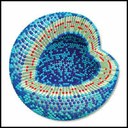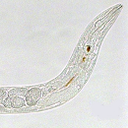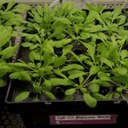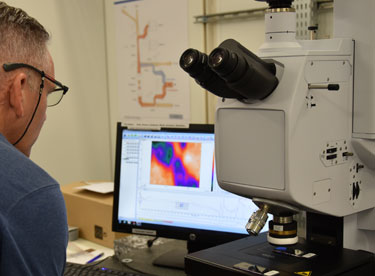
Researchers from the Institute of Advanced Chemistry of Catalonia (IQAC-CSIC) are investigating damage on skin and hair caused by ultraviolet sunlight. They have profited from the ALBA Synchrotron technology to see with high resolution and accurate detail the changes occurring at molecular level, not only at the surface of skin and hair, but also in their inner layers. The samples were previously treated with resveratrol, well-known antioxidant, to evaluate how effective is to develop new and better photoprotective treatments.

Researchers from the ALBA Synchrotron and the Universitat Autònoma de Barcelona (UAB) have analysed with synchrotron light different Alzheimer's aggregates, their location and their effect in cultivated neuronal cells. Results, published in Analytical Chemistry, pave the way to better understand the development of this disease that affects more than 30 million people worldwide.

Using synchrotron light, researchers from the Universitat Autònoma de Barcelona (UAB) and the ALBA Synchrotron have demonstrated the capability of metalosomes - aggregates made of phospholipids and metal complexes - to interact with cells and release carbon monoxide in a controlled way.

ICMAB researchers lead a study on the toxicity of iron oxide nanoparticles based on the analysis of specific genetic markers linked to nanotoxicity in the C. elegans organisms. Part of the experiment, published in the journal Nanotoxicology, has been carried out at the ALBA Synchrotron, in its infrared light MIRAS beamline. The study suggests that nanoparticles can be captured by intestinal cells in their interior, they can interact with cell lipids, and they can activate cellular mechanisms of oxidative stress.

Scientists from Universidad Autónoma de Madrid (UAM) are analysing at the infrared microspectroscopy beamline MIRAS how plants tolerate mercury, one of the most toxic and common heavy metals founded in polluted soils.






